Summary
The Legacy of the Temple
The Qasr al-Bint Temple stands as a testament to the ancient Nabataean civilization. This remarkable site endures as one of the few freestanding buildings in Petra, Jordan, that has largely withstood the test of time. Visitors today can marvel at the temple’s grand façade and the artistry that reflects a fusion of cultures. Once central to religious life, it remains shrouded in mystery, inviting onlookers to ponder its spiritual significance and the ceremonies once held within its walls.
Get your dose of History via Email
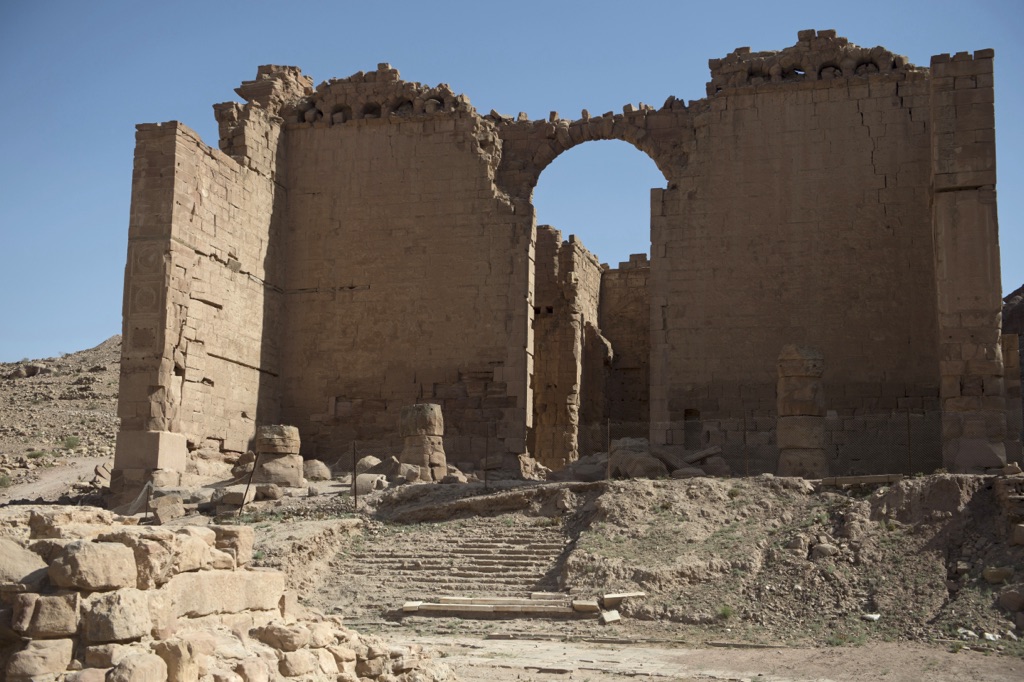
Architectural Marvel
Architecturally, the Qasr al-Bint Temple is significant for its Hellenistic influences, which seamlessly blend with Nabataean design. This creates a unique stylistic narrative. The temple’s structural ingenuity showcased the advanced construction techniques of the era. Its intricate carvings and columns reveal a high level of craftsmanship. Current archaeological efforts provide insights into its layout, offering a glimpse into the architectural prowess of the Nabataeans.
Cultural and Historical Significance
As a focal point in Petra’s archaeological park, the Qasr al-Bint Temple holds great cultural and historical importance. It not only symbolizes the religious practices of the Nabataeans but also stands as an emblem of their sophisticated society. The ongoing preservation and archaeological studies continue to uncover the layered history of Petra. They further solidify the temple’s status as an invaluable link to understanding the past civilizations of the region.
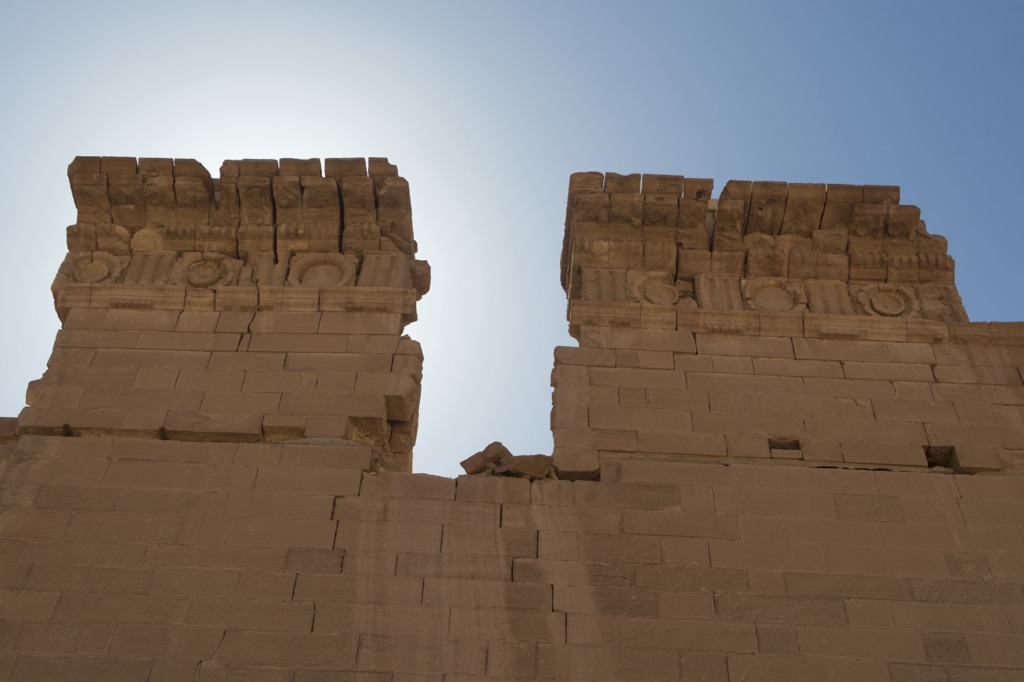
Historical Background of The Qasr al-Bint Temple
An Ancient Nabataean Gem
Nestled within the rose-red city of Petra lies the awe-inspiring Qasr al-Bint Temple, a monument of deep historical resonance. This structure is one of Petra’s most significant remains and aligns with the ancient city’s peak. Dating back over 2,000 years, it has borne witness to the countless cultural currents flowing through this grand civilization. Remarkably preserved, it enables present-day visitors to step back in time and survey the genius of Nabataean architecture and artistry.
The Religious Heart of Petra
The very name ‘Qasr al-Bint’ translates to ‘The Palace of the Daughter’ in Arabic, alluding to its divine connections. The temple served as a vital religious site, believed to be dedicated to the Nabataean main deity, Dushara. This assumption springs from the temple’s grandeur and central location, signaling its importance to the city’s spiritual life. Hence, the temple provided a sacred space for rituals and offerings, underscoring the profound role religion played in the daily life of the Nabataeans.
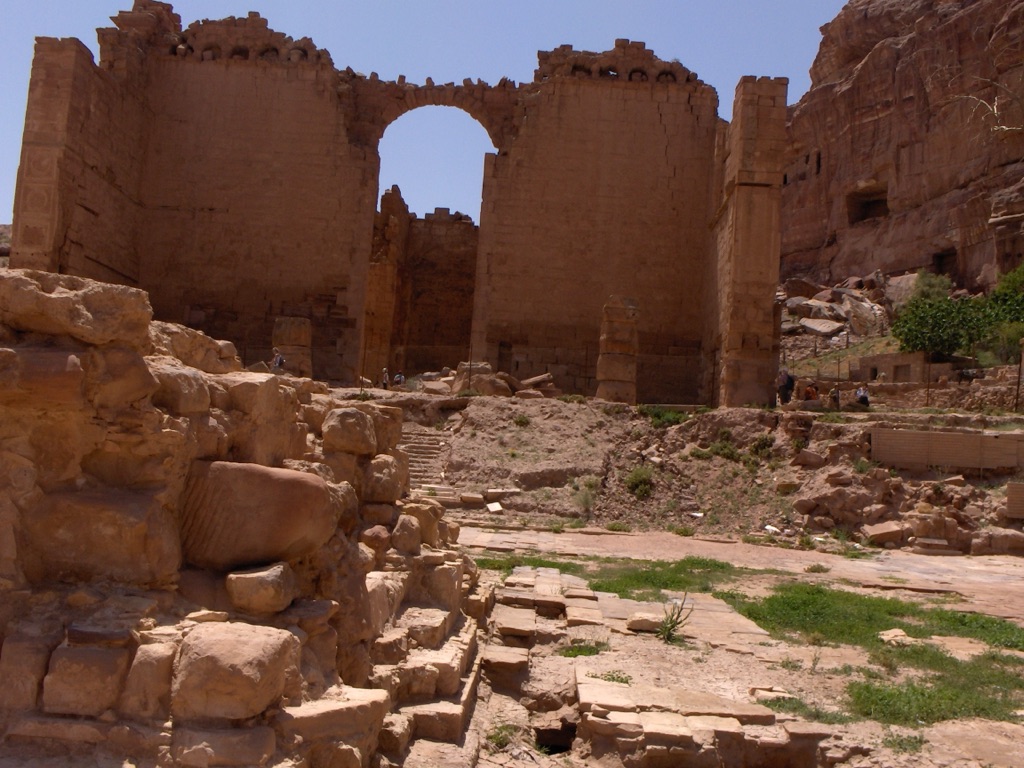
Surviving the Sands of Time
Through the ages, Qasr al-Bint has stood firm against natural and human-induced adversities. While earthquakes and the passage of time have eroded many ancient wonders, the temple’s substantial stone walls and iconic freestanding columns remain largely intact. This survival is a testament to the enduring construction techniques and materials used by the Nabataeans, which ensured longevity that modern architects still admire.
A Conduit of Cultural Exchange
As trade flourished in ancient Petra, Qasr al-Bint Temple became a melting pot of cultural influences. The Nabataeans engaged with many civilizations, from the Greeks, Romans, to the Egyptians. This cultural exchange is palpably reflected in the temple’s architectural style, which weaves together various classical elements to create a uniquely Nabataean aesthetic. In essence, this historical site exemplifies a confluence of ancient worlds, highlighting the interconnectedness of the past.
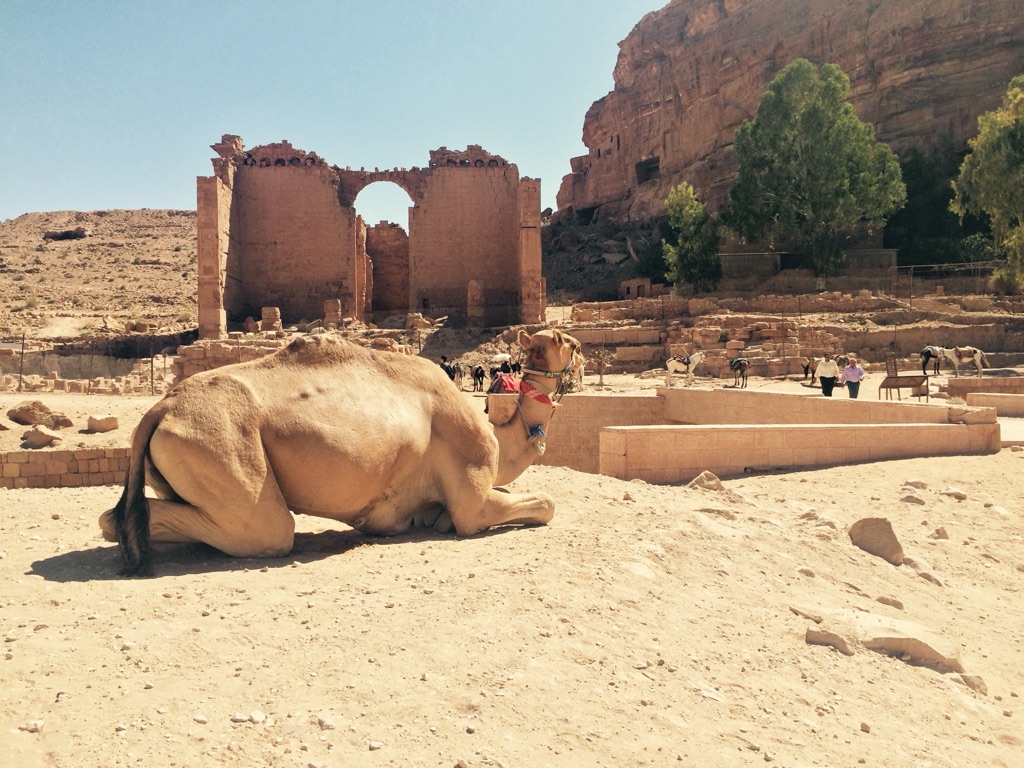
Legacy of the Nabataeans
Today, the Qasr al-Bint Temple stands not merely as a relic of the Nabataean empire but as a vibrant narration of their sophisticated society. It captures their spiritual fervor, architectural intuition, and cosmopolitan spirit, providing an invaluable window into one of antiquity’s most inventive cultures. As modern explorers traverse its ruins, they not only discover the richness of Nabataean heritage but also the temple’s ongoing story as an ever-evolving archaeological wonder.
The Discovery of The Qasr al-Bint Temple
Unveiling the Hidden Gem
As historical accounts indicate, the Qasr al-Bint Temple of Petra remained shrouded in desert secrecy for centuries. It was Johann Ludwig Burckhardt, a Swiss explorer, who reintroduced Petra to the Western world in 1812. During his daring travels, Burckhardt disguised himself as an Arab scholar. This allowed him to integrate into local society and eventually stumble upon the ancient city and its temple treasures.
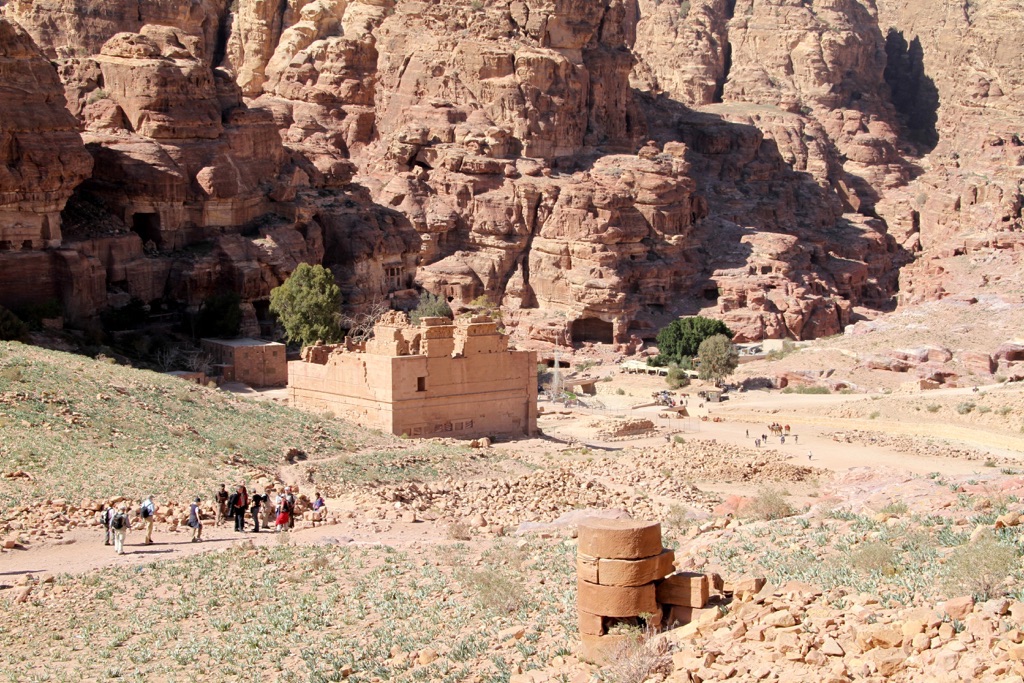
The Shelby White – Leon Levy Program
In more recent times, the site has become the focus of scholarly research. The Shelby White – Leon Levy Program for Archaeological Publications funded the first comprehensive studies in the late 20th century. These efforts lined the path for future excavations and conservation projects. The program aimed to bring forgotten sites, like Qasr al-Bint, back into the limelight of historical scholarship and public fascination.
Archaeological Triumphs
Renewed exploration, which began earnestly in the 1980s, unearthed the concealed layers of the temple complex. Archaeologists from around the globe have collaborated to excavate. They shed light on the intricate designs that once adorned its halls. Their dedication has been instrumental in reconstructing the temple’s past and establishing it among Petra’s celebrated landmarks.

Preserving World Heritage
The fortitude of Qasr al-Bint, despite years of neglect, is quite breathtaking. In recognizing its cultural significance, UNESCO declared Petra a World Heritage Site in 1985. This brought Qasr al-Bint and its sister structures under the protection of international law. It mobilized resources for conservation, ensuring that the temple remains a site of admiration for future generations.
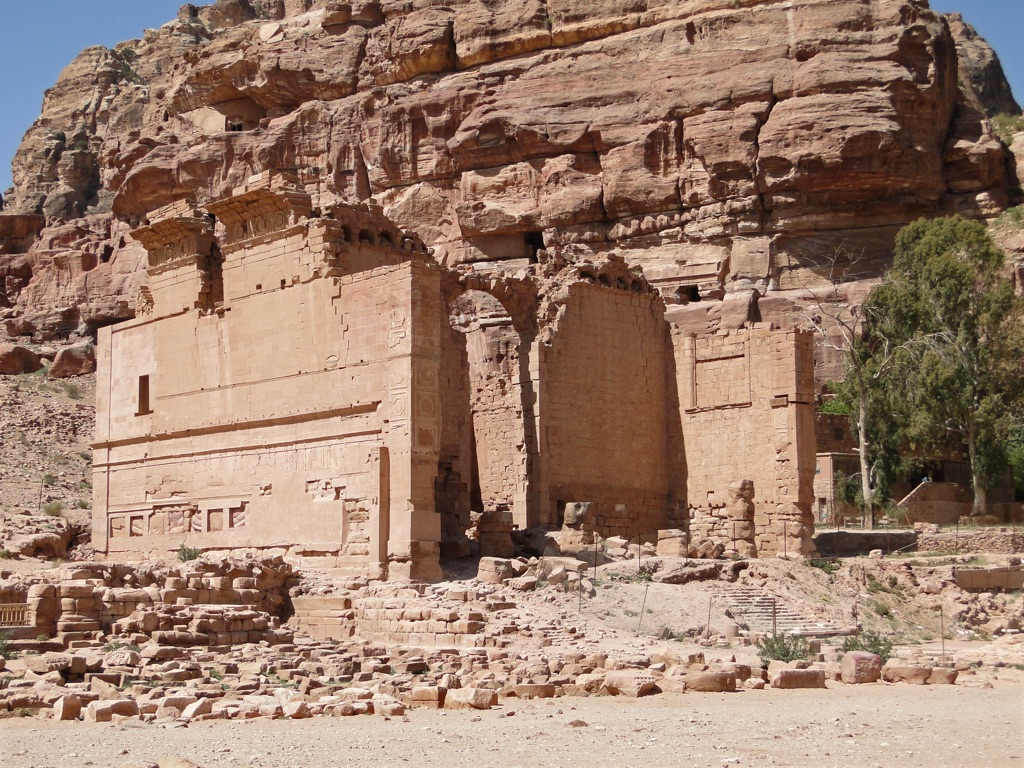
A Continuous Journey of Discovery
To this day, the Qasr al-Bint Temple offers more questions than answers, beckoning historians and explorers alike. Each stone corridor and carved niche holds potential clues to the lives once lived within its storied walls. As historical documentation continues to evolve, the temple’s discovery narrative may yet yield new chapters, underpinning Petra’s eternal allure.
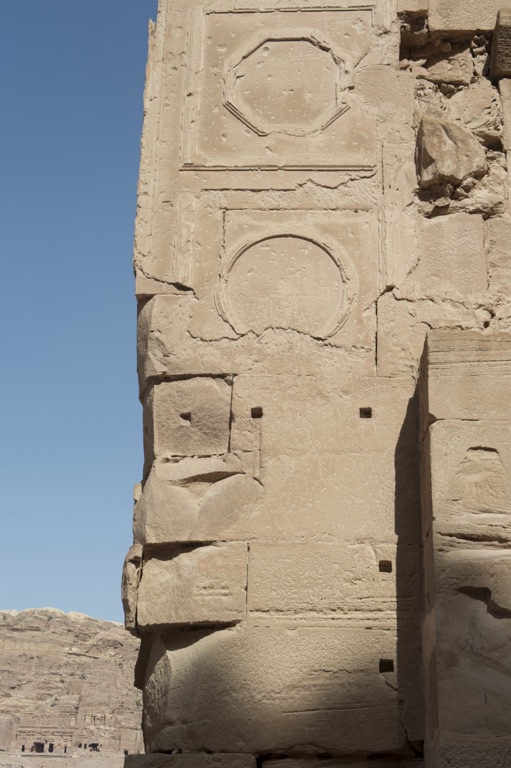
Cultural Significance, Dating methods, Theories and Interpretations
The Cultural Impact of Qasr al-Bint
The Qasr al-Bint Temple holds significant cultural value as one of Petra’s most influential religious sites. It embodies the spiritual beliefs and artistic achievements of the Nabataean people. The temple’s design, featuring aspects of Greek and Roman architecture, underscores the cultural syncretism of the region. As such, it stands as a symbol of historical dialogue between civilizations.
Deciphering the Temple’s Age
Archaeological efforts to determine the age of the Qasr al-Bint Temple have relied on various dating methods. Scouring through historical records and analyzing architectural styles have played a part. Radiocarbon dating and stratigraphy have provided more scientific means of pinpointing the temple’s construction period. These techniques collectively suggest that the temple was built in the first century BCE.
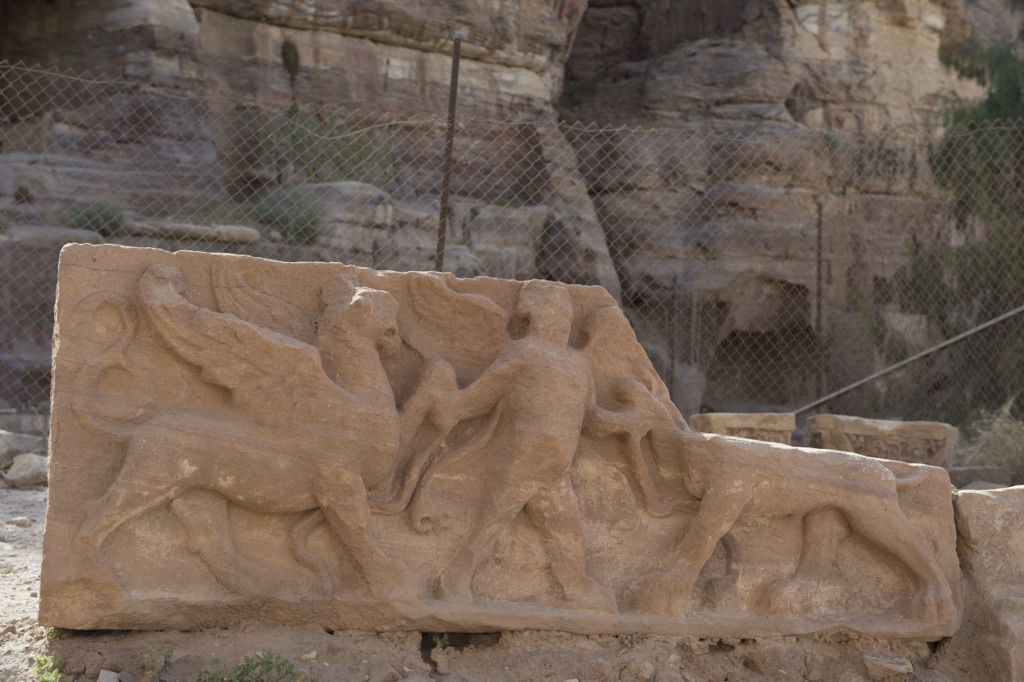
Unraveling Mysteries Through Interpretation
Historians and archaeologists have formulated several interpretations of the temple’s original purpose and design. The prevailing theory suggests that it was dedicated to the main Nabataean god Dushara. This is supported by the temple’s grandeur and central position within the city. However, definitive proof of the deity worshiped within its walls remains elusive, inviting ongoing debate and research.
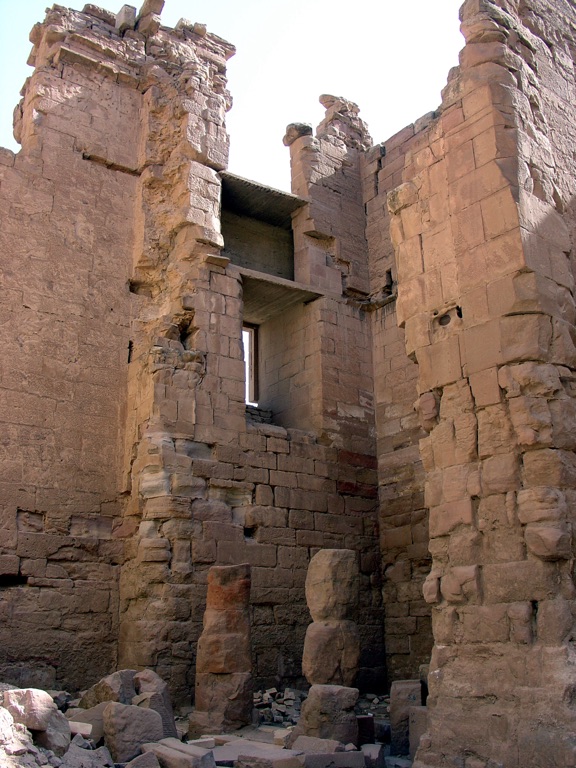
Theories on Architectural Influences
As a testimony to Nabataean ingenuity, the Qasr al-Bint Temple’s architectural elements reveal diverse influences. Scholars theorize that the temple may have been conceived with the assistance of foreign architects. This has been surmised due to the incorporation of distinct Hellenistic and Roman features. It reflects the Nabataeans’ exposure to external cultures through trade and conquest.
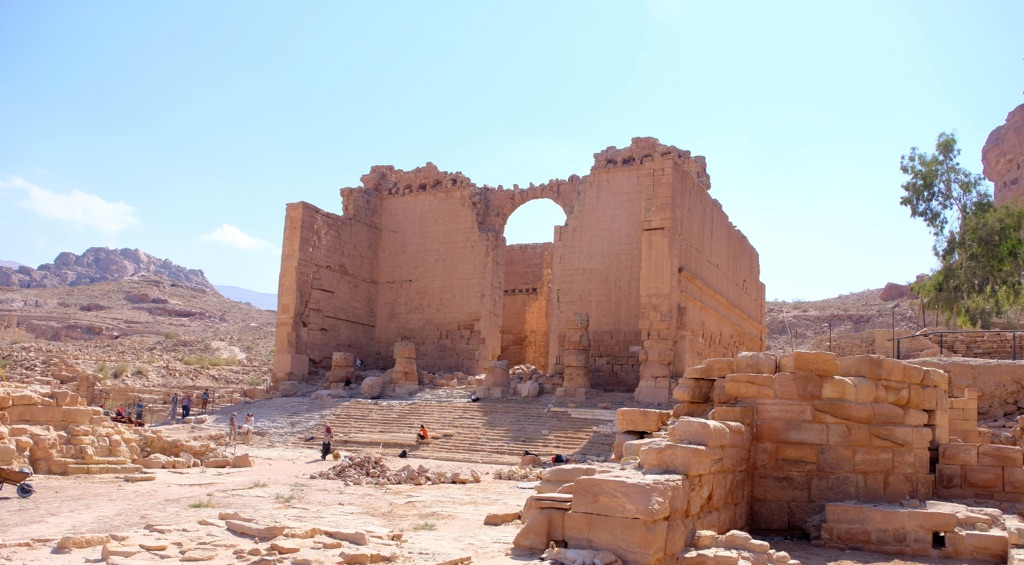
The Temple’s Role in Nabataean Society
Qasr al-Bint’s central location in Petra likely positioned it as a hub for social and ceremonial activities. Although the specifics of the rituals performed are unknown, the temple’s size and opulence indicate its importance. Scouring ancient texts and piecing together archaeological findings help piece together the temple’s societal role. It illustrates the complex relationship between the physical structure and the people it served.
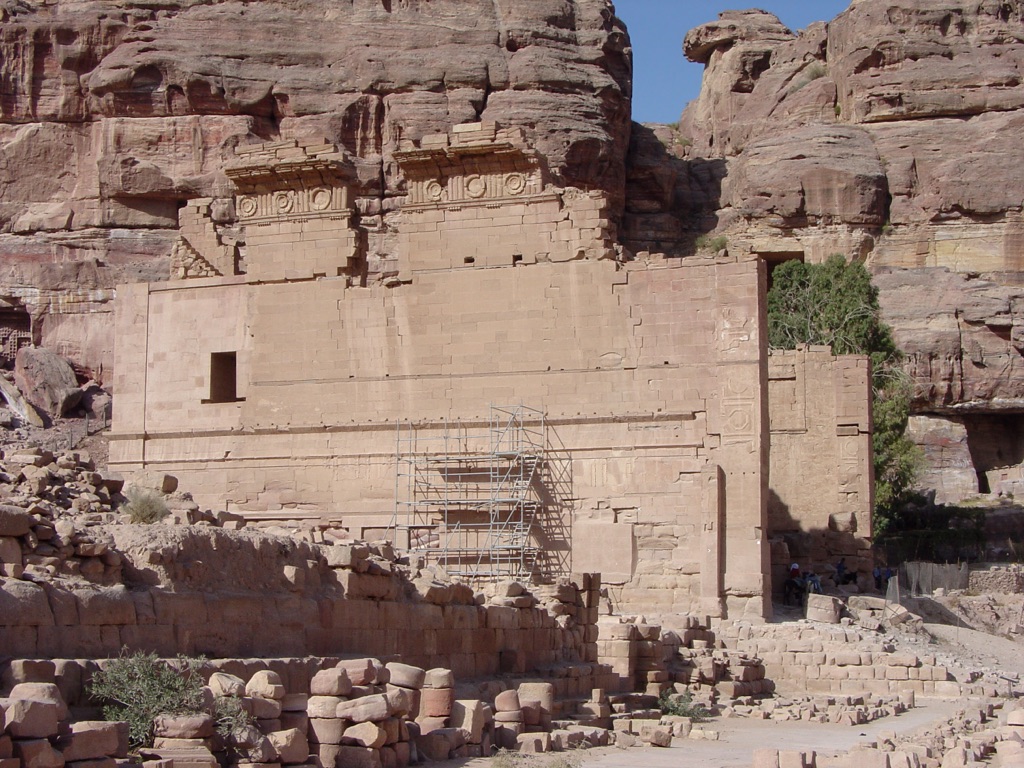
Conclusion and Sources
The Qasr al-Bint Temple in Petra serves as a poignant reminder of the Nabataean civilization’s grandeur and the cultural crossroads of the ancient world. Arduous archaeological work, coupled with meticulous historical analysis, continues to unravel the temple’s secrets. The temple is not just an emblem of historical architectural prowess but also a vessel carrying the sacred and social tales of its time. Its biographies are composed of stone and spirit, echoing through the corridors of history. The stories that emanate from its ruins captivate the imagination, inspiring a reverence for the past and an unquenchable curiosity about human heritage.
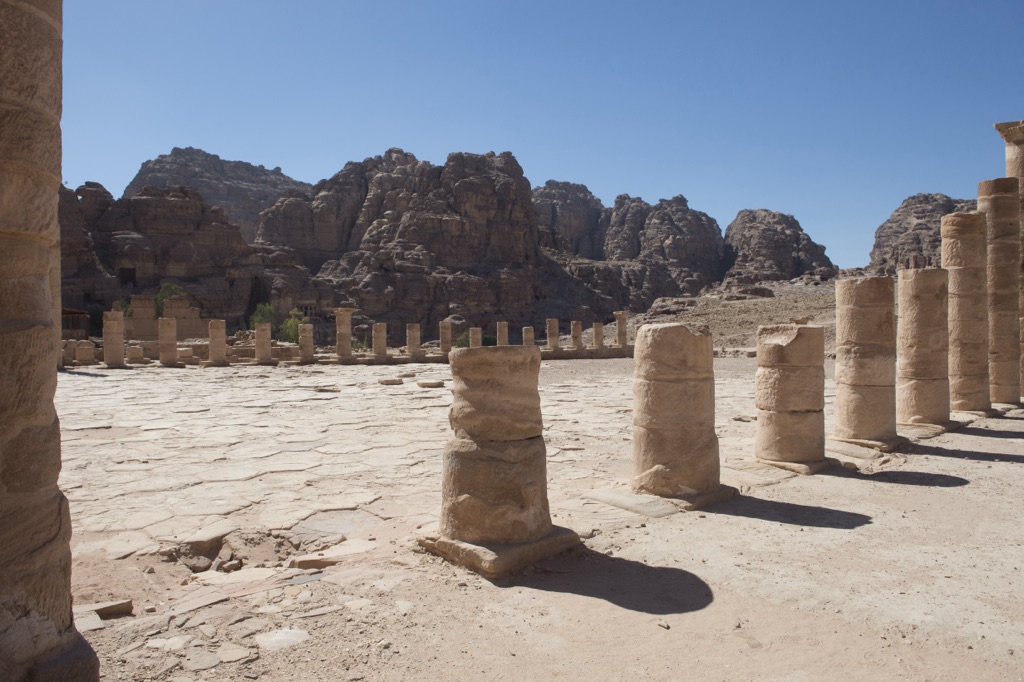
For further reading and to validate the information presented in this article, the following sources are recommended:
Or you can check any of these reputable archaeological and historical texts:
Bikai, P. M. (1978). The Pottery of Petra. Archaeology, 31(2), 10-17.
Glueck, N. (1959). Rivers in the Desert: A History of the Negev. New York: Farrar, Straus and Cudahy.
McKenzie, J. (1990). The Architecture of Petra. Oxford: Oxford University Press.
Schmid, S. G. (2001). ‘No doubt there are treasures hidden in Petra.’ Nabataean time private places and their relation to cultic installations. Studies in the History and Archaeology of Jordan, 7, 355-362.
Taylor, J. (2001). Petra and the Lost Kingdom of the Nabataeans. London: I.B. Tauris.
